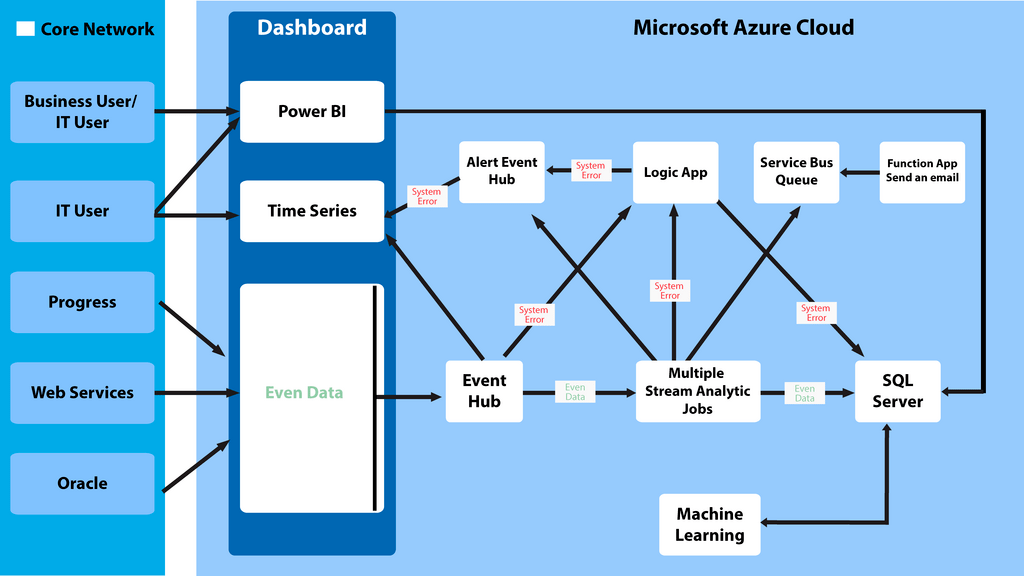



 The Client
The ClientThe client is a leading global provider of technology-enabled risk, benefits, and integrated business solutions located across 80 countries.
 The Challenges
The ChallengesThe prime challenge was to help the client to deal with multiple vendors like clinics, hospitals, diagnostic centers, etc. through the claim management process. There were errors while examining the claims and making payments. Any glitch by the vendor was detected at a much later stage. This was primarily because the client’s interface processes were limited when tracking files, financials, and other data and it was difficult to determine if it has reached its destination or not. Along with this, there was also a need to proactively monitor any anomalies.
Thus, there was a Make or Buy choice. Either make dashboards in the legacy application or buy a third-party tool/service.

 The Objective
The ObjectiveThe client is a global provider of technology-enabled risk solutions across various countries and has to deal with multiple vendors on a daily basis. To cater to the smooth transfer of data from the vendor to the client and vice versa, they required a technology partner who can understand the specific need and accordingly suggest modifications in the system that can ease one of their core business functions, that is, vendor management.
 The Solution
The SolutionJK Tech’s team conducted a cost-benefit analysis which indicated using third-party tools/ services. After a feasibility analysis, we agreed to utilize Microsoft Azure’s cloud capabilities. Utilizing Microsoft Azure’s cloud capabilities, we successfully introduced several new enhancements to the client’s legacy application. We implemented the following functionalities:

 The Benefits
The BenefitsThe benefits included the following:
Use the form below to get in touch

Hello, I am Aria!
Would you like to know anything in particular? I am happy to assist you.